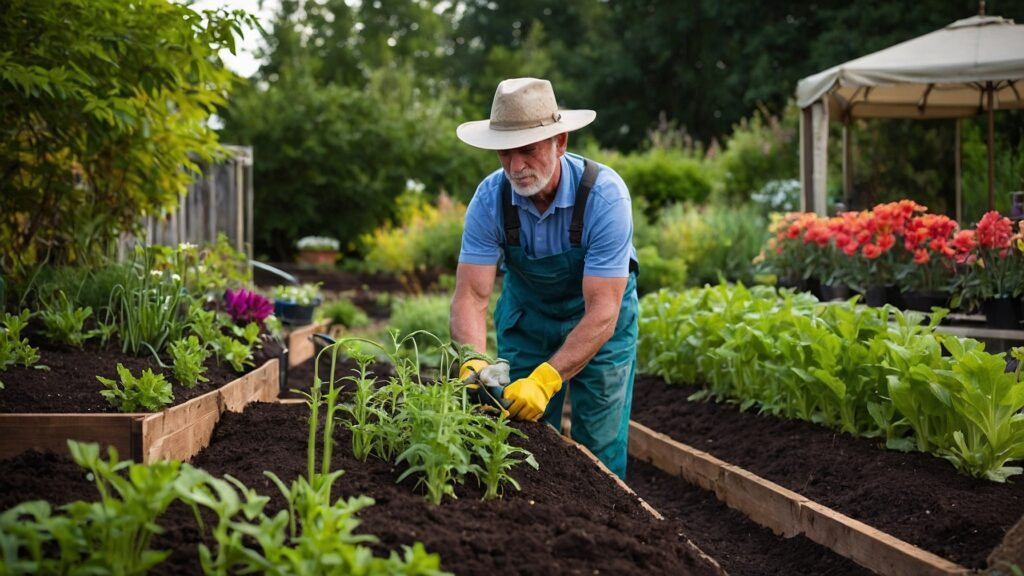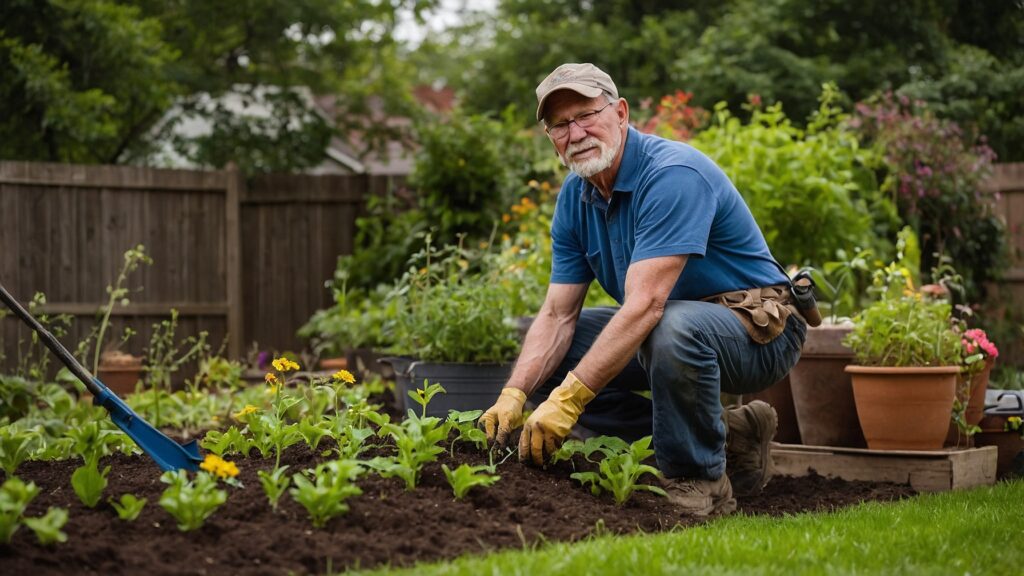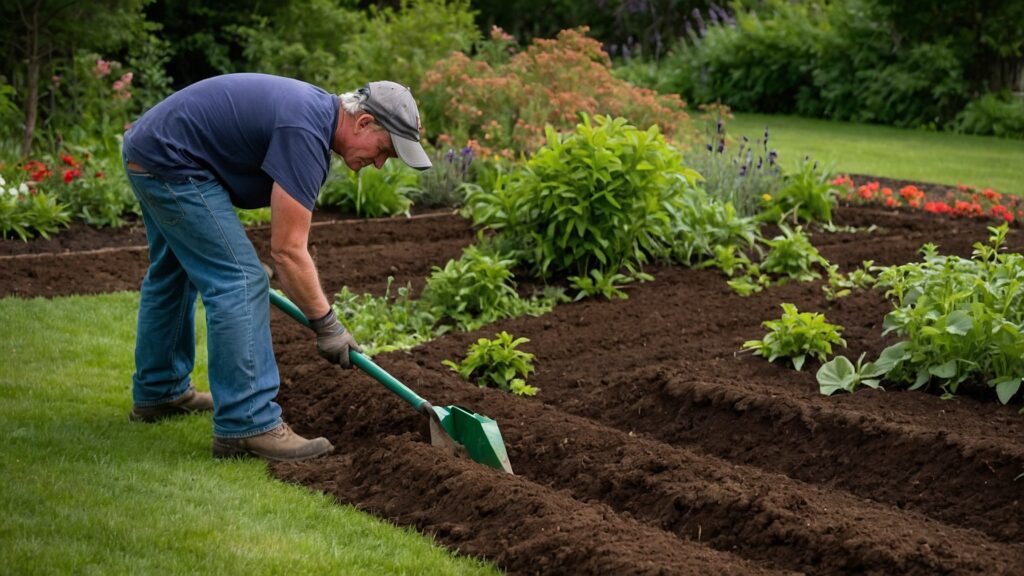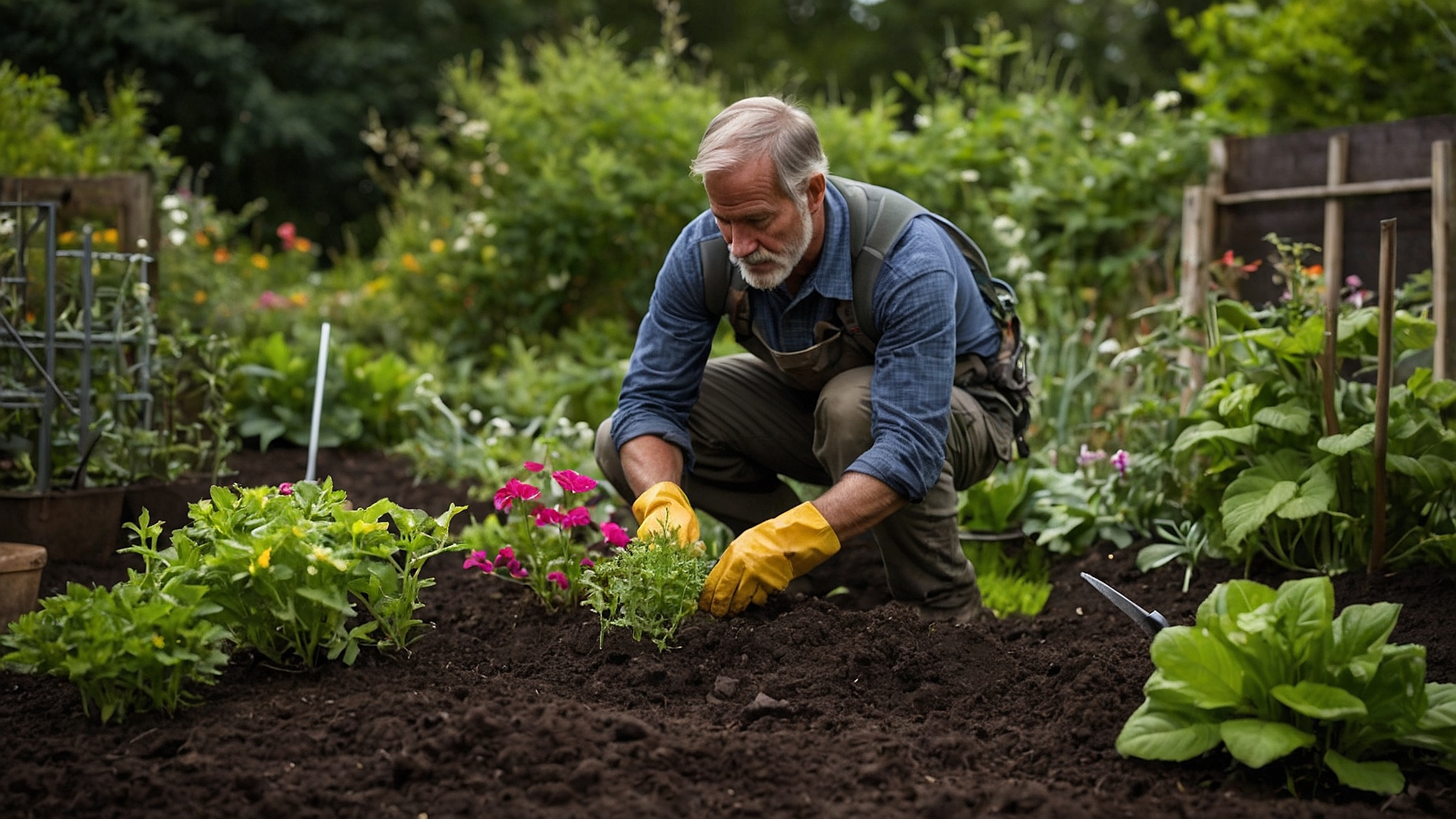As we navigate through uncertain times, mastering survival gardening can be an essential skill that fosters self-sufficiency.
By focusing on high-calorie crops and enhancing soil health, we can cultivate a reliable food source that withstands challenges.
Together, we’ll explore effective gardening techniques and community connections that strengthen our resilience.
But what about the unexpected hurdles we might face while growing our own food? Let’s uncover strategies to tackle these obstacles and guarantee our gardens thrive, no matter the circumstances.
Concept of Survival Gardening
When we think about survival gardening, it’s clear that this practice goes beyond simply planting seeds; it’s a commitment to self-sufficiency and resilience during tough times.
By embracing sustainable practices, we create a reliable food source that helps us prepare for disasters. It’s not just about growing food; it’s about ensuring we can sustain ourselves when grocery stores may be inaccessible.
We need to focus on high-calorie crops that are easy to store and maintain. This approach fosters independence and empowers us to take control of our food supply.
As we cultivate our gardens, we also cultivate a deeper understanding of our environment, enhancing our adaptability and ensuring we’re ready for whatever challenges lie ahead.

Importance of Self-Sufficiency
In times of uncertainty, self-sufficiency becomes an essential skill that empowers us to take charge of our food sources. By cultivating our gardens, we enhance our emergency preparedness and achieve food sovereignty, ensuring we’re not solely reliant on external systems.
Growing our own food allows us to reclaim control over our diets and make choices that align with our values. It fosters resilience in our communities, creating a safety net during crises.
Furthermore, as we learn to grow, preserve, and share our harvests, we cultivate a deeper connection to nature and our environment. Embracing self-sufficiency isn’t just about survival; it’s an act of freedom that strengthens our independence and enriches our lives.
Let’s take this journey together!
Selecting High-Calorie Crops
Selecting high-calorie crops is essential for ensuring our survival gardening efforts yield sufficient sustenance. We should focus on crops like potatoes, sweet potatoes, and winter squash, which provide substantial calories and store well.
By employing crop rotation, we can maintain soil health and maximize our yields year after year.
Companion planting also enhances growth; for instance, pairing beans with corn can boost both plants’ productivity while improving soil nitrogen.
As we plan our gardens, let’s prioritize these high-calorie varieties to support our families during tough times. Remember, a well-thought-out garden can help us achieve true food independence, allowing us to thrive rather than just survive.
Together, we can cultivate resilience and freedom through our survival gardening efforts.

Maximizing Crop Yields
After choosing high-calorie crops like potatoes and winter squash, our next focus should be on maximizing their yields to guarantee we get the most out of our efforts.
We can implement effective crop rotation to maintain soil fertility and reduce pest issues. By alternating our crops, we disrupt pest life cycles and encourage beneficial insects.
Additionally, practicing integrated pest management helps us deal with unwanted invaders sustainably. This approach combines natural remedies with careful observation, allowing us to minimize chemical use.
We should also prioritize companion planting, where certain plants support each other’s growth.
Soil Health and Fertility
To cultivate a successful survival garden, we must prioritize soil health and fertility as the foundation of our efforts. Healthy soil is alive with microorganisms, and by using soil amendments, we can enhance its robustness.
Incorporating compost, wood ash, and natural fertilizers like seaweed helps us achieve a nutrient balance that supports robust plant growth. We should regularly test our soil to identify deficiencies and adjust our amendments accordingly.
Practicing crop rotation and cover cropping further enriches our soil, ensuring it remains productive year after year. By nurturing our soil, we empower ourselves to produce food sustainably, drawing on nature’s wisdom to foster resilience and independence in challenging times.

Composting Techniques
Composting serves as a cornerstone of sustainable gardening practices, allowing us to recycle organic waste while enriching our soil.
By turning kitchen scraps and yard waste into nutrient-rich compost, we boost our garden’s fertility and promote ecological balance.
Here’s how we can enhance our composting techniques:
- Worm farming: Utilize red wigglers to speed up decomposition and create nutrient-dense castings.
- Compost tea: Brew this liquid gold to provide a quick nutrient boost to our plants.
- Layering: Alternate green and brown materials for ideal microbial activity.
- Aeration: Turn our compost regularly to encourage airflow and accelerate the breakdown process.
Effective Gardening Methods
Building on our composting techniques, effective gardening methods are essential for maximizing our yields and ensuring the sustainability of our efforts.
We can implement container gardening to utilize limited spaces, especially in urban gardening environments.
By practicing crop rotation and seasonal planting, we maintain soil health and prevent pest issues. Utilizing soil amendments enriches our garden, boosting productivity.
Vertical gardening techniques allow us to grow more in less space, making it an ideal solution for smaller gardens. Focusing on sustainable practices helps us cultivate resilient ecosystems.
Together, we can manage pests naturally and create thriving gardens that provide for our needs while fostering a deeper connection to our food sources. Let’s embrace these methods for a self-sufficient future.
Overcoming Gardening Challenges
Gardening can present various challenges that we must navigate together to achieve a successful harvest.
We can tackle these obstacles by employing effective pest management strategies and embracing seasonal planting. Here are some practical steps we can take:
- Rotate crops to disrupt pest cycles and improve soil health.
- Utilize companion planting to enhance growth and deter pests naturally.
- Monitor soil moisture and nutrients to support plant health.
- Adapt our planting schedules to align with seasonal variations for ideal yields.

Foraging for Wild Edibles
As we navigate the challenges of cultivating our own food, we shouldn’t overlook the rich resources available in our natural surroundings. Foraging for wild edibles can supplement our gardens, providing a wealth of nutrients for free.
We can enhance our survival gardening by learning wild edible identification; plants like dandelion, nettle, and wild garlic are often abundant and nutritious.
Seasonal foraging tips can guide us—spring offers tender shoots, while summer reveals berries and mushrooms.
Let’s explore local parks and forests, paying attention to the ecosystem around us. By embracing these natural resources, we can cultivate a deeper connection to our environment and empower ourselves with the knowledge to thrive, even in tough times.
Preservation Techniques
In our journey toward self-sufficiency, mastering preservation techniques is essential for extending the life of our harvests. By implementing effective canning methods and dehydration techniques, we can guarantee a steady food supply throughout the year.
Here are some key practices to contemplate:
- Utilize water bath or pressure canning for vegetables and fruits.
- Explore dehydration techniques for herbs, fruits, and even meats.
- Store canned goods in cool, dark places to maximize shelf life.
- Rotate preserved items regularly to maintain freshness.
These methods not only safeguard our food but also empower us to embrace sustainability.

Building Community Connections
Through shared experiences and mutual support, we can strengthen our local communities, making survival gardening a collective endeavor.
By organizing community workshops, we can teach each other essential skills like composting, crop selection, and pest management. These gatherings not only boost our gardening knowledge but also forge local partnerships that enhance our resource sharing.
Imagine exchanging seeds, tools, or even harvests with neighbors; this fosters resilience and self-sufficiency. As we come together, we create a support network that empowers us to thrive during tough times.
Let’s embrace our shared passion for survival gardening and build a sustainable future where freedom and community interconnect, ensuring we all have access to the food we need.
Together, we can cultivate abundance.
